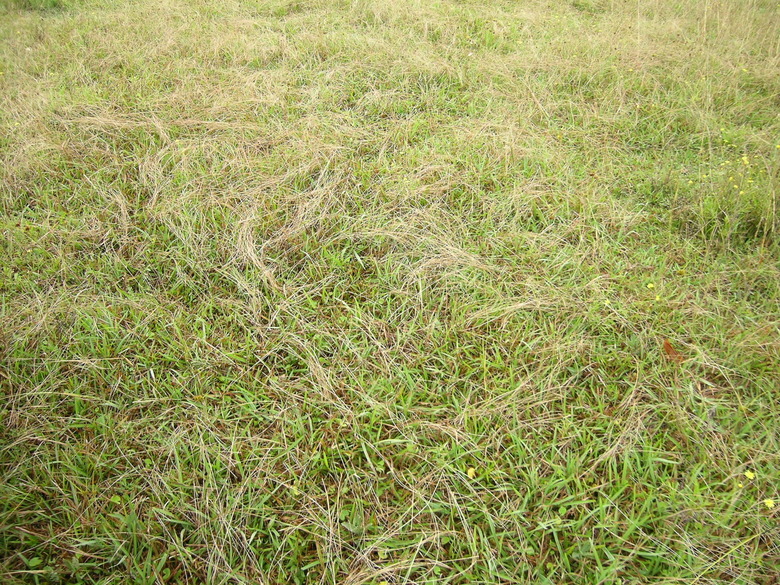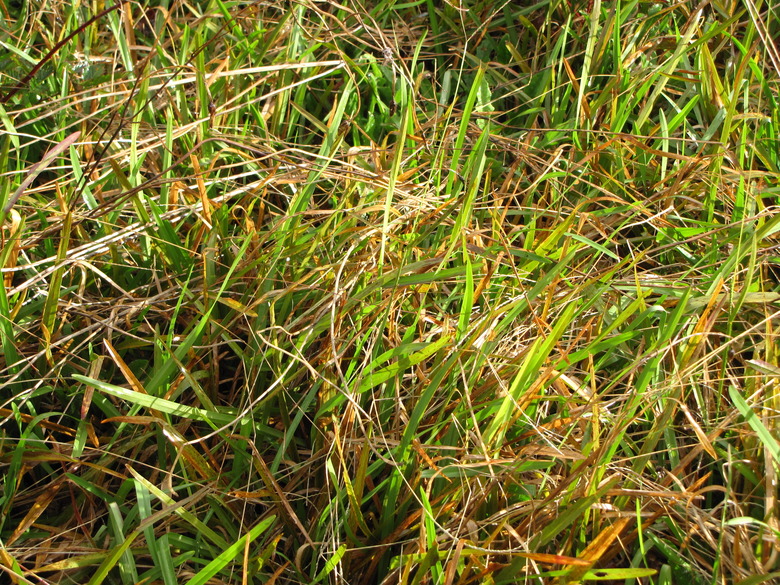How To Transplant Carpetgrass
Native to the warm climates in North, South and Central America, carpetgrass (Axonopus fissifolius) is a low-maintenance perennial grass species often found in fields and along roadsides.
While this turfgrass can be grown from seed, it also spreads by stolons. Carpetgrass is hardy in U.S. Department of Agriculture plant hardiness zones 7 to 10.
Characteristics of Carpetgrass
Like zoysiagrass, Bermuda grass and St. Augustine grass, carpetgrass is a warm-season grass. It has a medium green color and grows very slowly. Carpetgrass has broader leaf blades than the similar-looking centipedegrass.
Carpetgrass performs best in places where daytime temperatures remain between 60 and 90°F. This type of grass spreads by horizontal stems known as stolons, or runners.
Unlike other grass types, carpetgrass can be grown from seed. However, carpetgrass seed is not widely available commercially.
When planting carpetgrass, keep in mind that this species can grow in full sun, but it will also fare well in moist, shady areas with low fertility and acidic soil pH. It can grow in clay or sandy soils, but it is not drought tolerant.
Most types of carpetgrass do not handle foot traffic or salt spray well.
How to Transplant Carpetgrass
Carpetgrass can be transplanted using a method known as sprigging, which involves placing individual grass stems into small holes in the ground several inches apart at a depth of about 2 inches. Each stem should have several nodes from which roots can grow. When you transplant grass, part of the stem should be exposed above the soil line.
As a general rule, the closer these individual stems, the faster the lawn will grow. Because of how much time and effort this process requires, it is usually reserved for small spaces.
Tip
You can start a carpetgrass lawn by transplanting individual stems, a process called sprigging.
Carpetgrass Lawn Care
After the sprigging process is complete, it is important to water the grass transplants. It will be necessary to water the sprigs lightly once or twice a day for several weeks until the roots become established. Otherwise, the sprigs, which are planted shallowly, are at risk of drying out.
Tip
Newly transplanted carpetgrass stems need daily watering until the roots become established.
One of the advantages of carpetgrass is that it requires little fertilization; a pound of nitrogen per 1,000 square feet of lawn space applied once a year is usually enough. Carpetgrass does require some mowing, however, to a height of about 2 inches.

